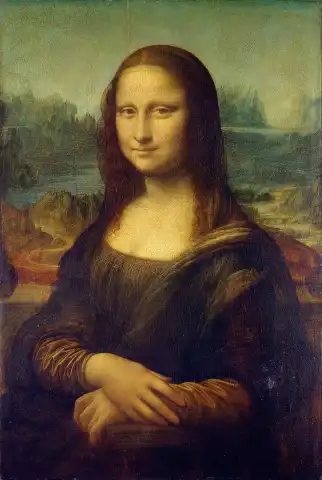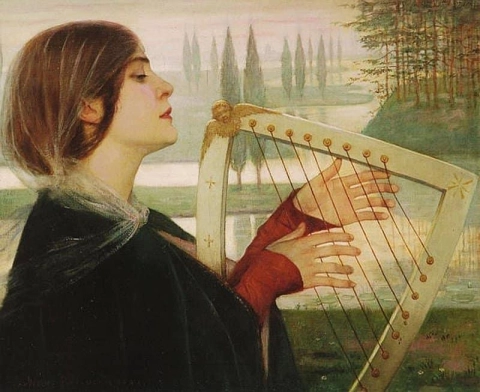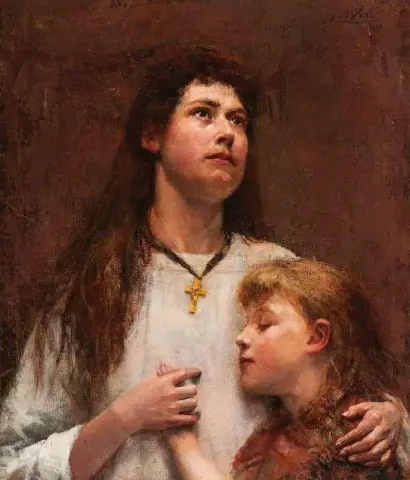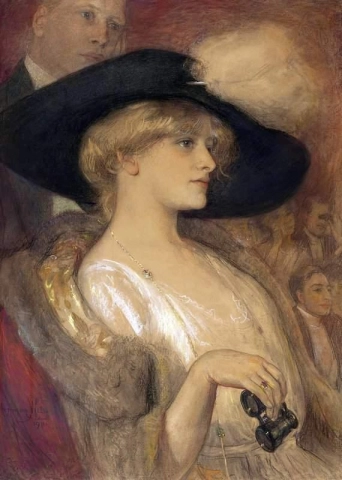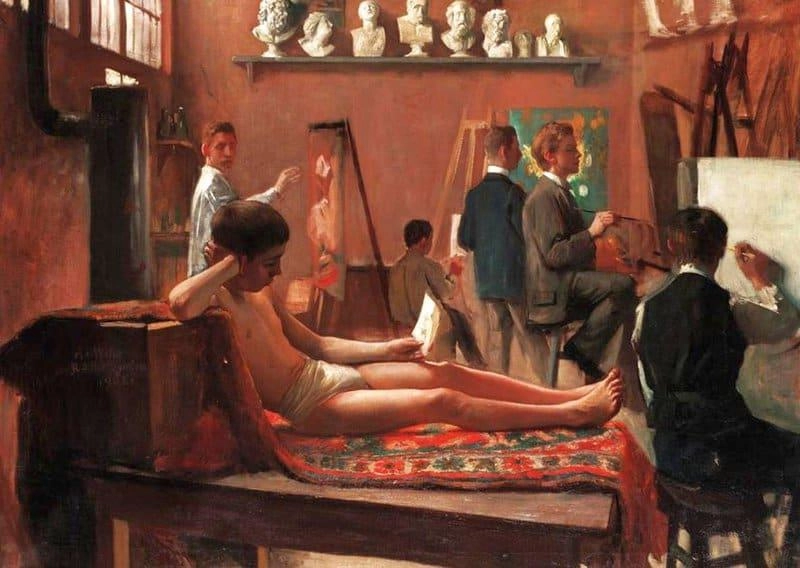

Hand painted reproductions of Antoon Van Welie
Antoon Van Welie: The Master of Symbolist Portraiture
Early Life and Artistic Development
Antoon Van Welie (1866–1956) was a renowned Dutch Symbolist painter and illustrator, celebrated for his emotive portraits and allegorical themes. Born in Afferden, Netherlands, Van Welie displayed a keen interest in art from a young age. He studied at the Royal Academy of Art in The Hague and furthered his artistic education in Paris, where he was exposed to the Symbolist movement and its emphasis on spirituality, mysticism, and emotional depth.
Van Welie’s formative years were marked by his fascination with human psychology and the complexities of emotion, which became central to his artistic vision. His early training in academic art laid the foundation for the expressive, symbolic style he developed later in his career.
Style and Influence
Antoon Van Welie’s work is distinguished by its meticulous detail, rich color palette, and profound symbolism. His portraits often exuded a haunting, introspective quality, reflecting the spiritual and emotional depths of his subjects. Van Welie frequently infused his compositions with allegorical elements, creating works that went beyond mere representation to explore universal themes of life, death, and the human condition.
Dubbed the "Dutch Prince of Decadence," Van Welie’s art was influenced by the broader Symbolist movement in Europe. His work resonated with the writings of poets and philosophers of the time, and he was often compared to other Symbolist greats, such as Gustave Moreau and Fernand Khnopff.
Legacy and Recognition
Antoon Van Welie achieved international acclaim during his lifetime, exhibiting his works across Europe and receiving numerous commissions for portraits of notable figures. While his fame waned somewhat in the 20th century, his contributions to the Symbolist movement and portraiture have since been rediscovered and appreciated by art historians and collectors.
Today, Van Welie’s works can be found in prestigious collections, including the Rijksmuseum in Amsterdam, where his hauntingly beautiful portraits and allegorical paintings continue to captivate audiences.
Where to Buy Handmade Oil Painting Reproductions of Antoon Van Welie’s Works
Discover the enigmatic beauty of Antoon Van Welie’s art through our handmade oil painting reproductions on canvas. Each piece is carefully crafted to capture the intricate details and symbolic richness of his originals. Explore our collection and bring the timeless allure of Symbolist portraiture into your home.
Imagine owning an original-style painting by one of the greatest artists in history. At POD, we offer you the chance to make this dream a reality. Each canvas is faithfully reproduced down to the smallest detail, allowing you to experience the beauty of the artist’s vision in your own home.
Our reproductions are crafted by experienced painters using the finest materials and time-honored methods. We are committed to delivering works of exceptional quality that will inspire and bring joy to your family for generations to come.
